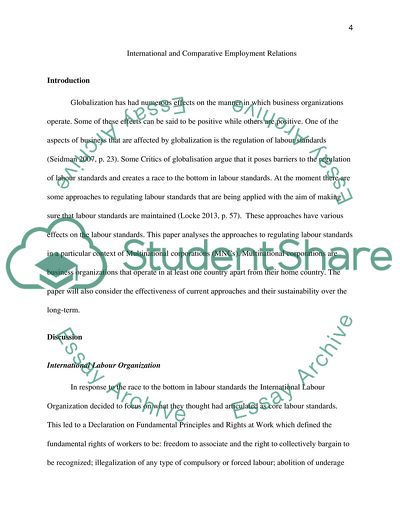Cite this document
(“International & Comparative Employment Relations Essay - 3”, n.d.)
International & Comparative Employment Relations Essay - 3. Retrieved from https://studentshare.org/human-resources/1667709-international-comparative-employment-relations
International & Comparative Employment Relations Essay - 3. Retrieved from https://studentshare.org/human-resources/1667709-international-comparative-employment-relations
(International & Comparative Employment Relations Essay - 3)
International & Comparative Employment Relations Essay - 3. https://studentshare.org/human-resources/1667709-international-comparative-employment-relations.
International & Comparative Employment Relations Essay - 3. https://studentshare.org/human-resources/1667709-international-comparative-employment-relations.
“International & Comparative Employment Relations Essay - 3”, n.d. https://studentshare.org/human-resources/1667709-international-comparative-employment-relations.


